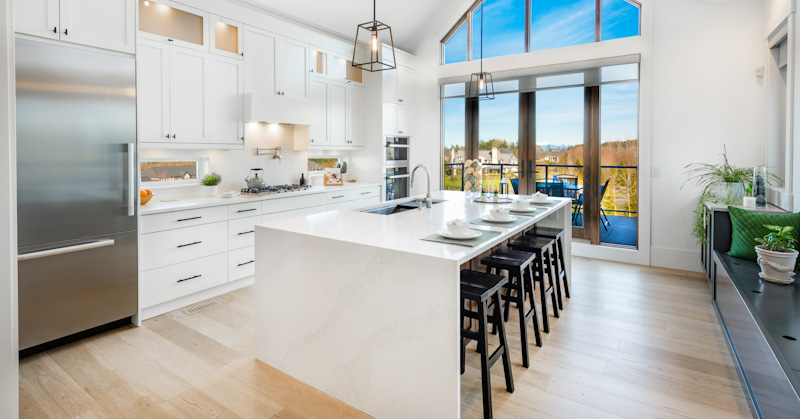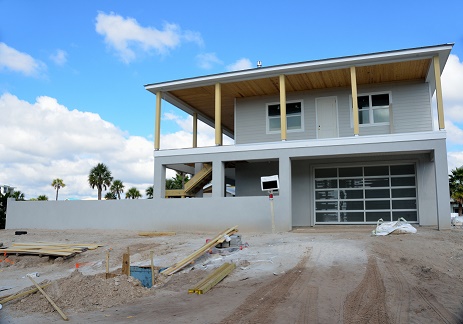Full-Service General Contractor Indiana for Total Property Changes
Full-Service General Contractor Indiana for Total Property Changes
Blog Article
Exactly How a General Professional Can Transform Your Common Areas Into Useful Spaces
The change of common locations right into useful rooms is a nuanced process that requires a basic specialist's competence in analyzing specific community needs and designing tailored solutions. By taking into consideration aspects such as design, ease of access, and aesthetic appeal, a specialist can develop settings that not just offer sensible functions however additionally foster neighborhood engagement. With reliable project management and adherence to quality criteria, these improvements can dramatically improve individual experience. Yet, the complexities involved in stabilizing style and performance raise vital concerns about best techniques and prospective challenges that quality more exploration.
Assessing Current Common Location Requirements
When examining typical locations, it is necessary to recognize and understand the particular requirements of the area they offer. This process begins with a complete assessment of existing usage patterns, which entails event information walking website traffic, peak usage times, and tasks taking place within these spaces. Engaging with area participants through conferences or surveys can offer useful understandings right into their choices and obstacles.
Following, it is essential to take into consideration the group make-up of the community, consisting of age, way of living, and any unique requirements that may influence exactly how these rooms are used. Family members with young kids may require play areas, while older grownups may prioritize accessibility features.
In addition, evaluating the existing infrastructure and amenities is important. Determining areas that are underutilized or in demand of fixing can notify prospective improvements. Teaming up with stakeholders, such as home managers and neighborhood companies, makes sure that the evaluation reflects a thorough understanding of the neighborhood's needs.
Inevitably, a careful assessment of current usual area requires lays the foundation for effective transformations, enabling the development of spaces that foster interaction and boost the overall quality of life within the neighborhood.
Designing for Functionality and Aesthetics
A thorough understanding of community requires sets the phase for effective style that stabilizes performance and aesthetics in typical locations. Effective design requires a thoughtful technique that takes into consideration both the useful uses the area and the visual charm that boosts the environment.
Functional layout requires producing rooms that accommodate the particular tasks and interactions of the neighborhood. This may consist of flexible seating plans for celebrations, accessible pathways for people with mobility challenges, or assigned locations for entertainment activities. Each element needs to offer a purpose while guaranteeing simplicity of motion and convenience for customers.
The selection of colors, materials, and lighting can considerably influence the understanding of a space. Furthermore, aligning the design with the community's social identification can promote a sense of belonging and pride.
Budgeting and Source Allocation
Reliable budgeting and source allowance are crucial elements in the successful transformation of usual locations. A well-defined budget lays out the economic specifications within which the job need to operate, guaranteeing that costs are controlled and sources are properly made use of. This starts with a detailed assessment of project needs, consisting of style elements, products, and labor.

A basic contractor plays an essential duty in this phase, teaming up with stakeholders to develop practical spending plan quotes that align with the desired vision. By prioritizing important attributes and discovering affordable alternatives, the specialist can find out optimize investing without jeopardizing quality.
Source allocation requires strategically appointing workers, tools, and products to various phases of the job (Carmel Indiana General Contractor). This calls for cautious planning to make sure and prevent hold-ups that each element is supplied on schedule. In addition, routine tracking of expenditures against the budget plan aids to determine possible overruns early, enabling prompt modifications
Managing Construction Refine Effectively
Managing the construction procedure effectively is crucial for attaining timely task conclusion and keeping spending plan honesty. A well-coordinated approach involves meticulous planning, clear communication, and effective source monitoring. General professionals should establish a comprehensive job timeline that outlines each stage of construction, allowing for the recognition of critical milestones and potential traffic jams.
Routine progress conferences are important for keeping all stakeholders educated and straightened. These meetings promote the timely resolution of issues, ensuring that the project remains on track. Additionally, using job management software application can streamline communication, track progress, and handle paperwork, reducing the possibility of hold-ups and misunderstandings.
Reliable resource allowance is also extremely important. By guaranteeing that products, labor, and equipment are available when needed, basic professionals can protect against pricey disruptions. Implementing a proactive strategy wikipedia reference to risk administration additional boosts effectiveness, as it permits the identification and reduction of potential difficulties prior to they rise.

Making Certain Conformity and Quality Requirements
Conformity and quality criteria are essential to the success of any type of construction project, making sure that the finished rooms not only fulfill client expectations but likewise abide by regulatory needs. A general contractor plays a critical function in enforcing these requirements throughout the building procedure.
First, it is vital for the professional to remain upgraded on neighborhood building ordinance, security guidelines, and industry best methods. This expertise enables them to lead layout options and product choices that line up with conformity requirements. Normal assessments and high quality assessments during the building phase aid to determine potential issues early, alleviating expensive delays and rework.
Furthermore, a credible basic specialist cultivates a culture of high quality amongst workers and subcontractors. This can be attained by giving training on conformity procedures and carrying out stringent quality assurance procedures. By developing clear interaction networks, the contractor can guarantee that every person included comprehends their duties relating to conformity and high quality.
Conclusion
Finally, the role of a basic contractor in changing usual areas into practical rooms is essential. Through an extensive assessment of community requirements, thoughtful layout, thorough budgeting, and effective task management, these experts can create settings that boost usability and visual appeal. Adherence useful source to compliance and top quality requirements further ensures that renewed spaces not just meet the assumptions of stakeholders but also foster interaction and enrich the overall experience for all customers within the neighborhood.
The change of usual areas into functional spaces is a nuanced procedure that needs a general specialist's proficiency in evaluating particular neighborhood demands and creating tailored remedies. By taking into consideration elements such as format, ease of access, and visual appeal, a professional can produce settings that not just serve functional functions yet additionally foster neighborhood involvement. General professionals must establish an in-depth project timeline that outlines each phase of building, allowing for the recognition of essential landmarks and potential traffic jams.

Report this page